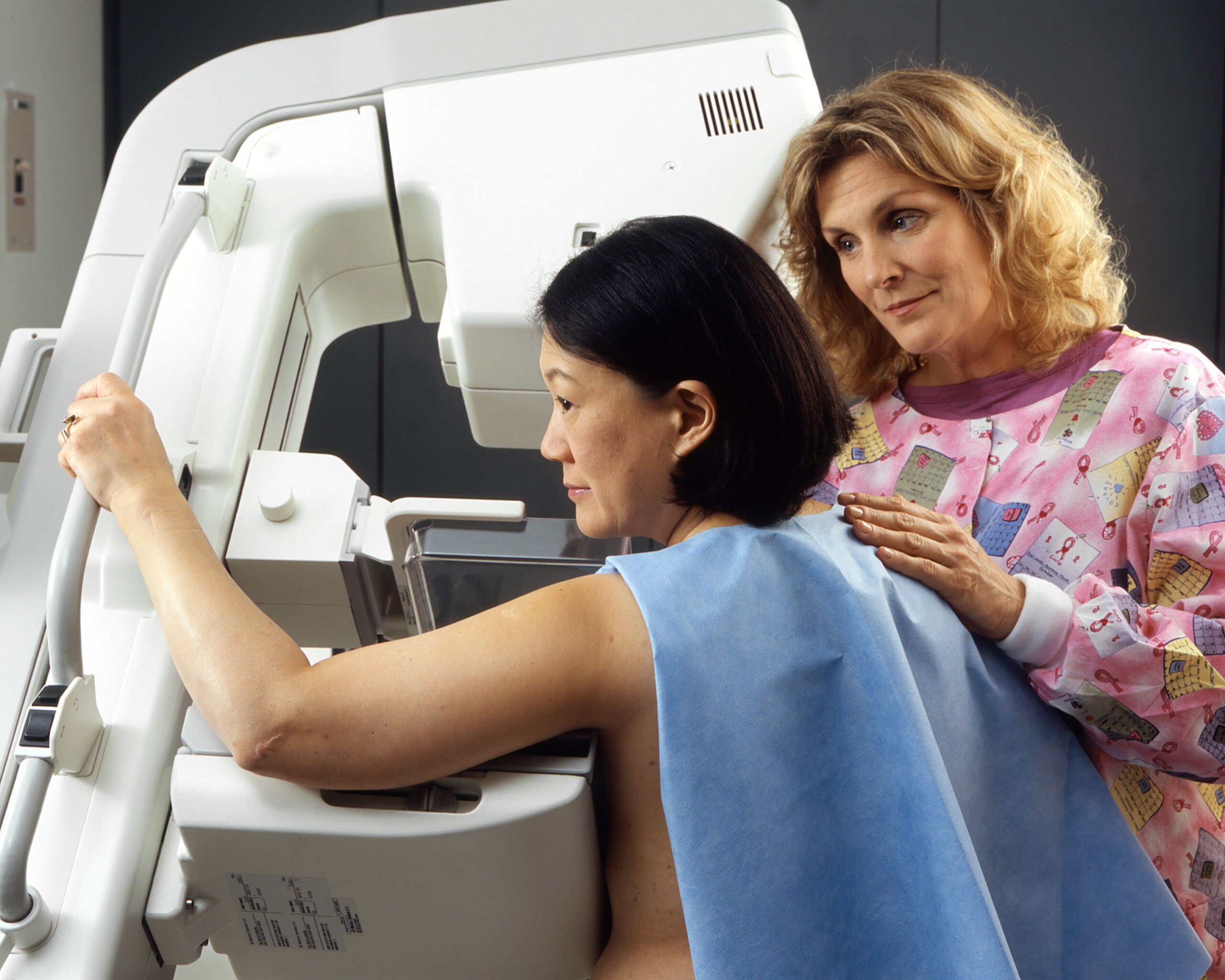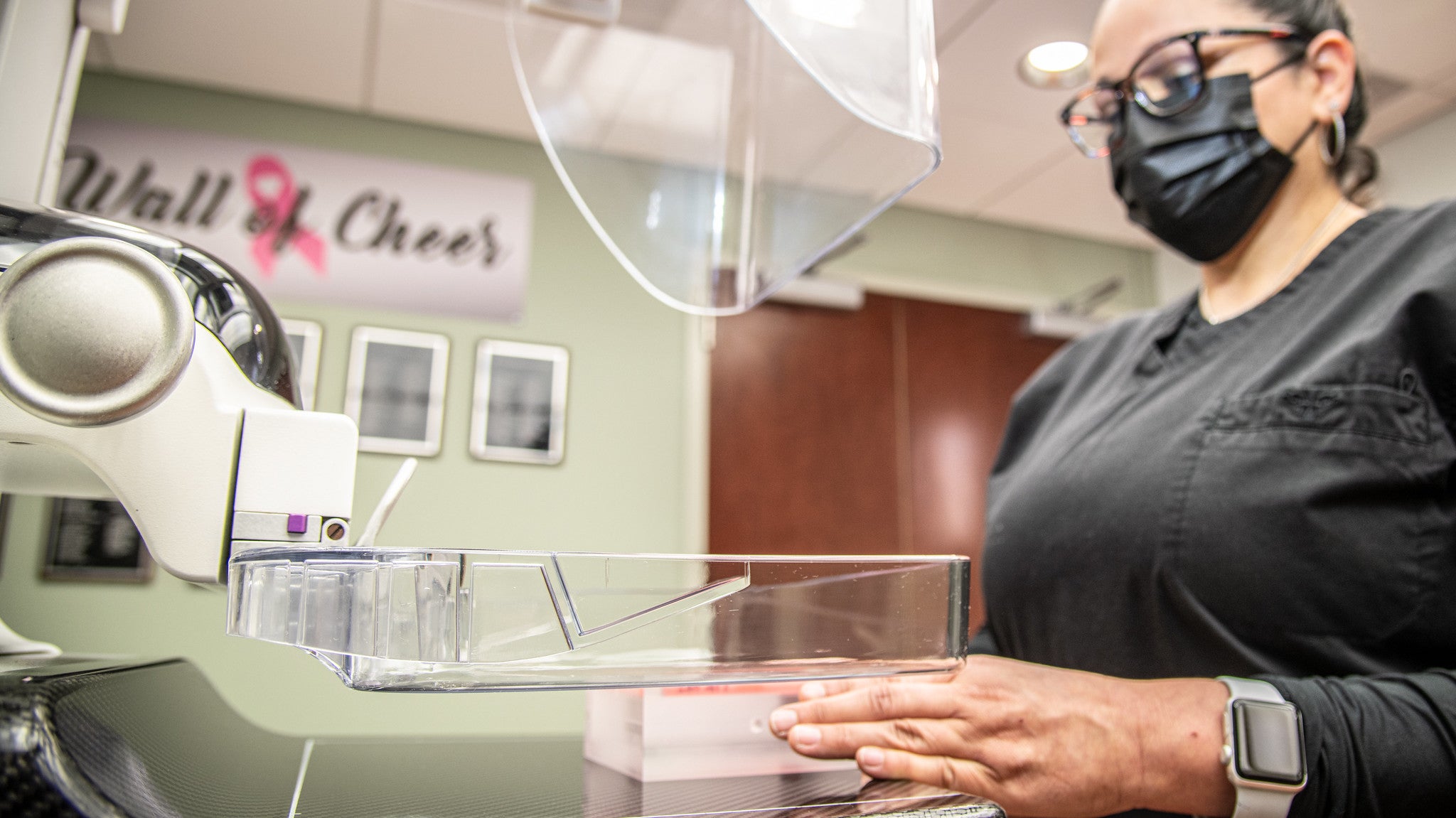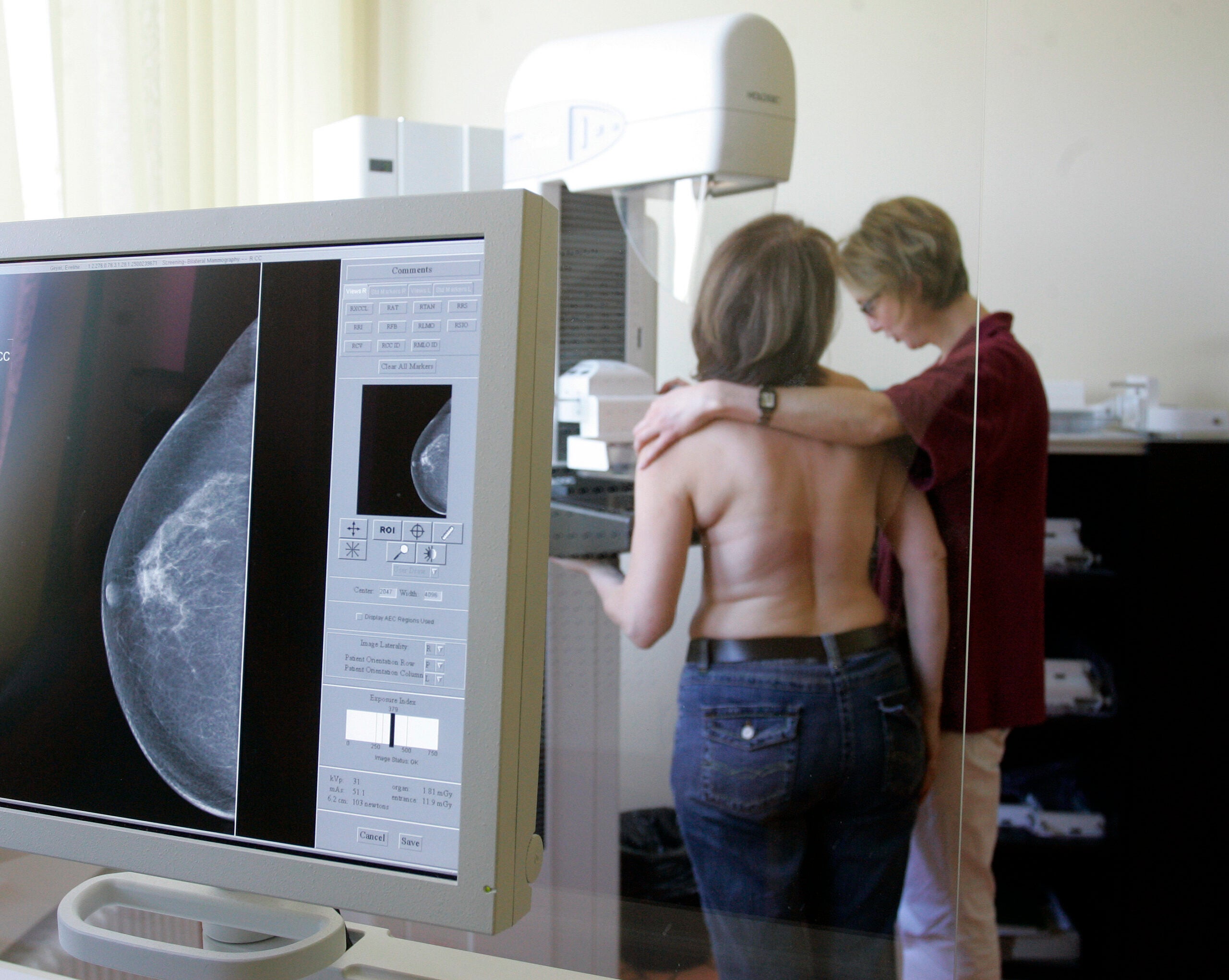To screen or not to screen, that is the question.
The maxim in medicine for the past 50 years has been that screening saves lives. Which, by the way, it does. But the more we learn about screening, the more we see the dark side.
The case in point for this is prostate cancer; the more we screen, the more we find. But according to the U.S. Preventive Services Task Force, that doesn’t translate into longer lives for men.
Stay informed on the latest news
Sign up for WPR’s email newsletter.
Enter the room, stage right, that character known as controversy. This player often wreaks havoc on the norms we have come to trust, such as yearly mammograms for women.
The American Cancer Society — the big boy in the room, the behemoth with gravitas — has now joined the chorus with the U.S. Public Health Service Task Force in saying nay to mammograms for every woman every year. Not only that, but this guy has the audacity to tell women that having a doctor examine her breasts as a screening test every year has become obsolete.
How can this be? How can such an august body deviate from the tried and true?
That’s what some other organizations are asking, too. But before I get into the proverbial heavens-to-Betsy moment, let’s talk about what the American Cancer Society says.
Women who aren’t at high risk for breast cancer — unlike those whose mother or sister has had breast cancer — should start mammograms later, at 45 years of age, with yearly mammograms for the 10 years until age 55. At that time, the ACS recommends mammograms every other year.
When to stop? When a woman’s life expectancy remains less than 10 years into the future.
As for the yearly breast check, the ACS has nixed it because it wants to emphasize that mammograms pick up so much more cancer than a yearly manual exam. The thinking is that many women might be lulled into not getting a mammogram because their physical exam from the doctor was negative and they thought (wrongly) that was enough.
Now, on to the inevitable controversy.
Nearly everyone knows of someone who died at a young age from breast cancer. I just went to my 50th high school reunion and found out one woman who I really wanted to see had died at age 40 of, you guessed it, breast cancer. So, many of us have an emotive thought when it comes to changing this screening.
Next, you have some of the radiological societies coming out saying this is a rush to judgment. No matter that the data has been around for years — it’s too rushed.
And the elephant in the room is money. Some will say the insurance companies want to save money by not doing mammograms. And let us not forget that Congress rushed into the medical scene, passing laws that regulated this based not on science but on anecdotal information.
My spin: There is art and science in medicine. A doctor must be conversant. I have no doubt this will change how often we do mammograms, just as the new recommendations have changed how often we do pap tests.
In the end, science usually steals the stage — coming on top in the third act. Stay well.
Wisconsin Public Radio, © Copyright 2024, Board of Regents of the University of Wisconsin System and Wisconsin Educational Communications Board.



